By Sian Green…
It is hard to believe that I am almost halfway through the fieldwork phase of my project already, after arriving in Kenya with fellow MRes student Rebecca in early March! Having already spent some time at the Marwell Wildlife camp in Lewa Wildlife Conservancy as part of our field trip last year, it took only a few days of settling in and planning before we were able to get out into the field. It has been fairly non-stop ever since!
My project focuses on the elephant corridor that links the Mount Kenya Reserve to the Ngare Ndare Forest Reserve, which is in turn openly connected to Lewa Wildlife Conservancy. The corridor is important for maintaining connectivity for wildlife populations in this region and for reducing human-wildlife conflict as it provides a safe and secure route for animals to pass through. It is therefore important to understand how well the corridor is functioning and in what ways it is being used by the wildlife. In particular I am looking at distribution, movement patterns and resource use within the corridor to find out how the space is being used and whether it is truly effective in joining these landscapes.
My study is being undertaken in collaboration with Lewa Wildlife Conservancy and the Mount Kenya Trust. Data collection is primarily through the use of camera traps placed within the corridor. The Lewa Wildlife Conservancy research team has camera traps placed at the entrance, exit and elephant underpass (a tunnel crossing the Nanyuki – Isiolo highway which allows wildlife to pass safely underneath) as part of ongoing monitoring of the corridor. In addition to these the Mount Kenya team has set up a camera trap grid consisting of 25 cameras spread evenly throughout the corridor. As you can imagine 25 cameras can mean quite a lot of photos to sort through, with my first round of collections producing over 30 000 images in just over a week! At first this was quite overwhelming but I soon realised that much of this was caused by false triggers from vegetation. Having made a few adjustments in my subsequent trips to the field I am now getting regular photos of elephants (Loxodonta africana), various antelope including waterbuck (Kobus ellipsiprymnus), bushbuck (Tragelaphus scriptus) and oribi (Ourebia ourebi) and carnivores such as spotted hyaena (Crocuta crocuta). I have also heard reports of African wild dog (Lycaon pictus) using the corridor and although I have not recorded any so far I have my fingers crossed that I record some over the next few weeks!
- Bushbuck (Tragelaphus scriptus)
- Waterbuck (Kobus ellipsiprymnus)
In addition to the camera trap data, I spent last week conducting vegetation surveys looking at tree density, species dominance and levels of elephant damage in order to help assess resource availability and use within the corridor by elephants! It was fairly exhausting but with the help of the Mount Kenya Trust rangers, my driver and assistant from Lewa, Logeme, and fellow student Rebecca I managed to complete 2400m of vegetation transects!
The next few weeks will involve some more time in the office in order to stay on top of data entry, although it is difficult not to get distracted with so many interesting things going on here, particularly when fellow MRes student Arjun invites you to go and help collar the next hyaena for his project! I am starting to work on my own elephant identification database for the corridor and along with trips to the field to service and maintain the camera traps I am sure I will be kept very busy and I am excited to see what patterns start to develop as I collect more data.
Posted By : Danielle Free
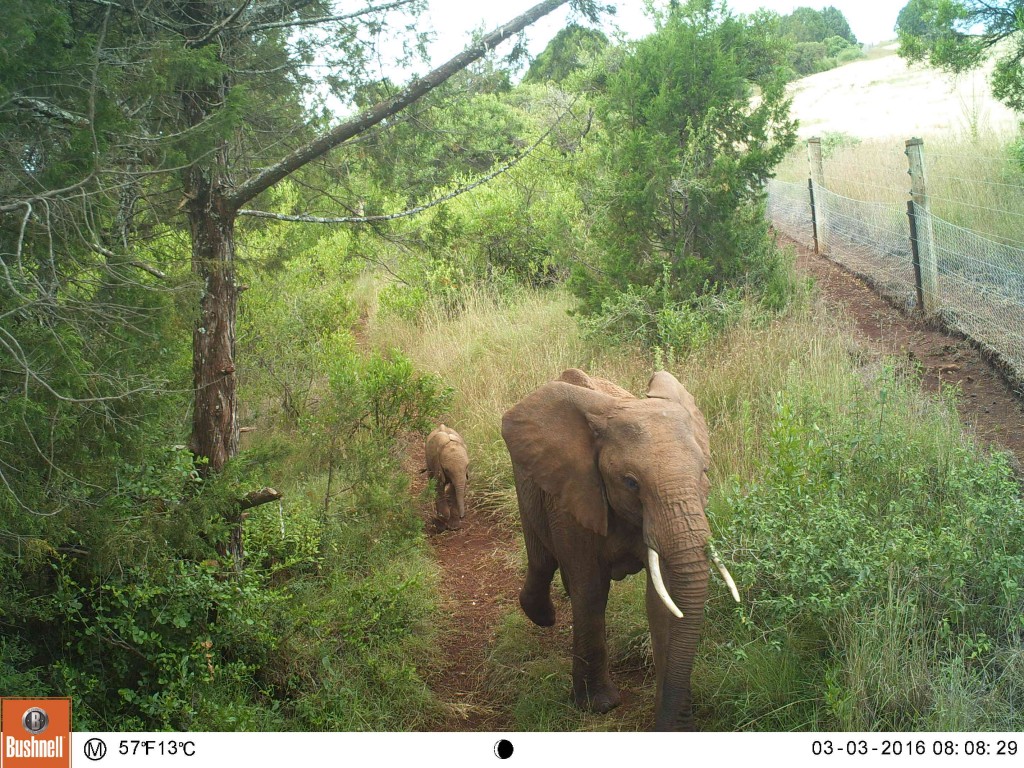
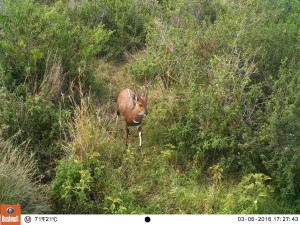
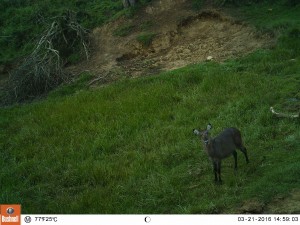
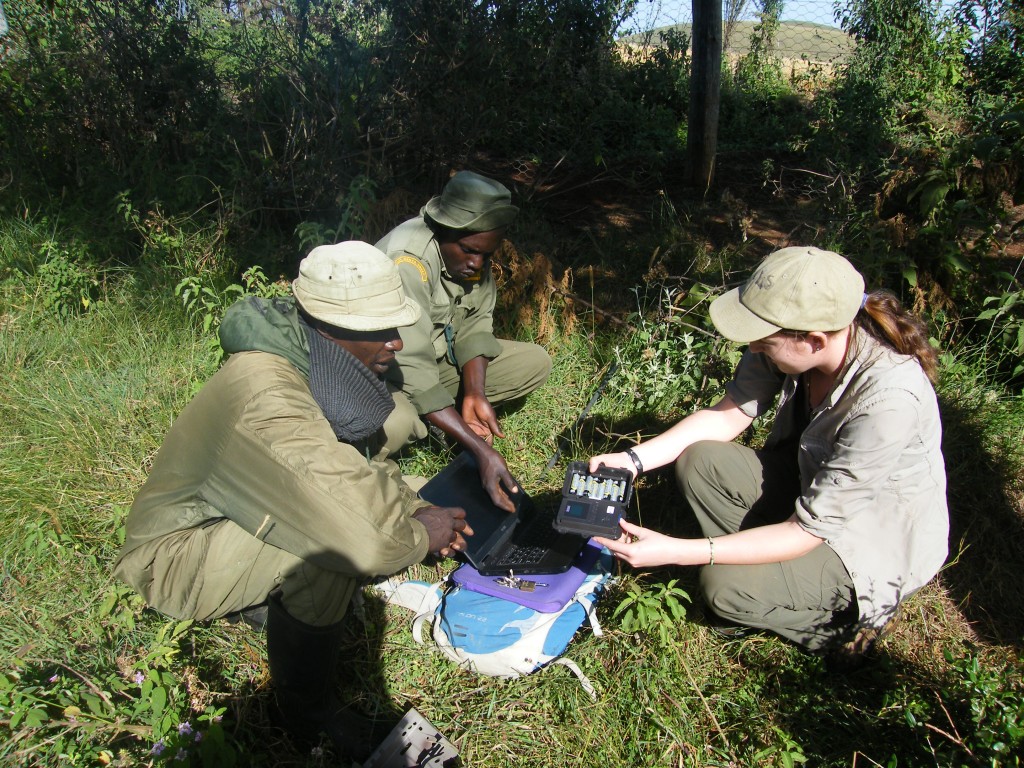
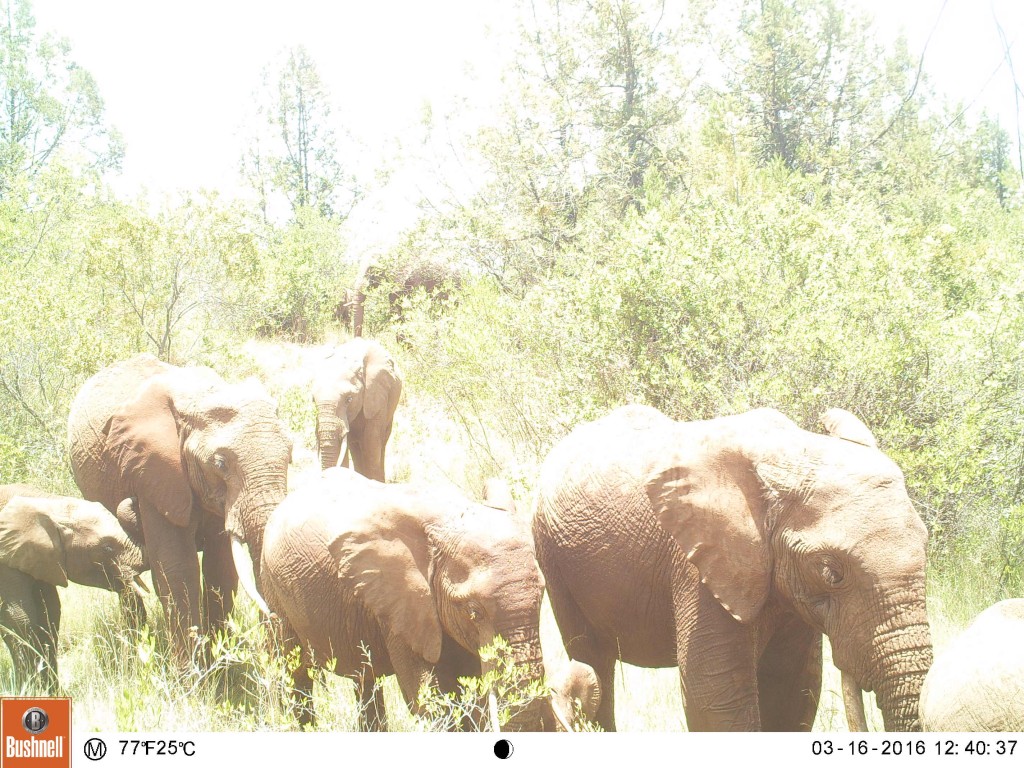
Exciting and important research for the benefit of wonderful wildlife. Keep up the good work. We look forward to hearing more and results of your survey.